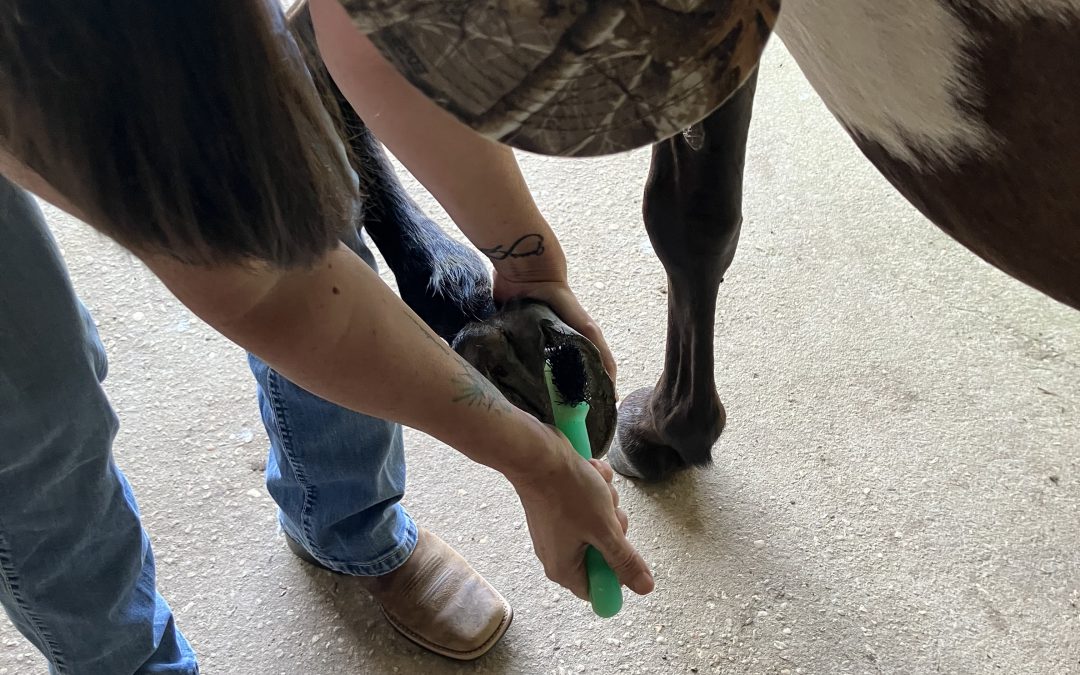
by Jennifer Bearden | Jul 28, 2023
In Florida, the hot and humid climate can make it challenging to keep horse’s hooves healthy. Microorganisms thrive in warm and wet environments and can cause infections. Here are some basic hoof care tips for Florida horses: Regular Trimming – schedule regular...
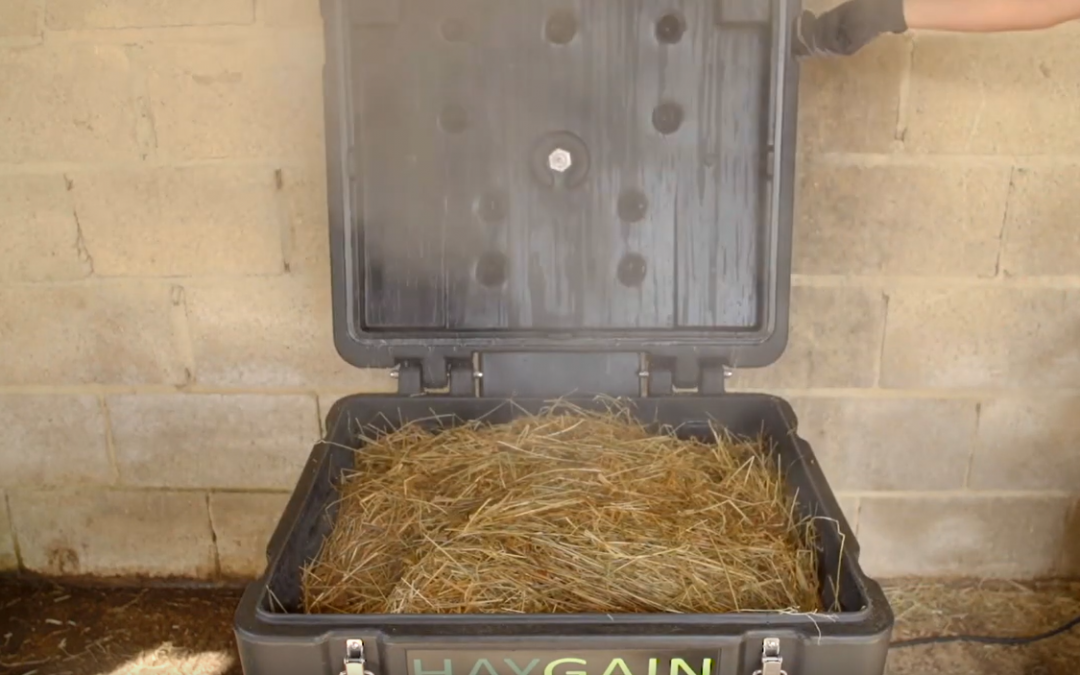
by Doug Mayo | Jul 14, 2023
This week’s featured video was produced by Haygain Hay Steamers to introduce their product line. Many horses, especially older ones, suffer from respiratory issues. According to Haygain, steaming hay prior to feeding can reduce up to 99% of the respirable...
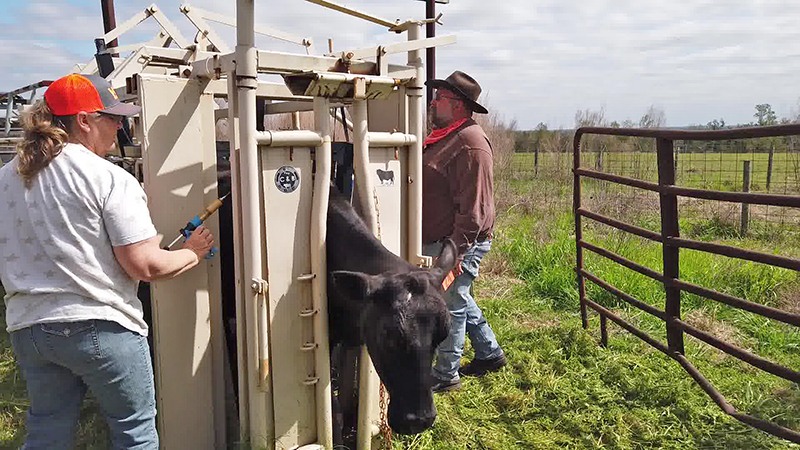
by Doug Mayo | Jun 9, 2023
Just in case you have not heard already, the Food and Drug Administration (FDA) has implemented changes to how antimicrobials (antibiotics) will be sold for livestock production starting June 11th, 2023 through the Guidance for Industry (GFI) #263. None of the...
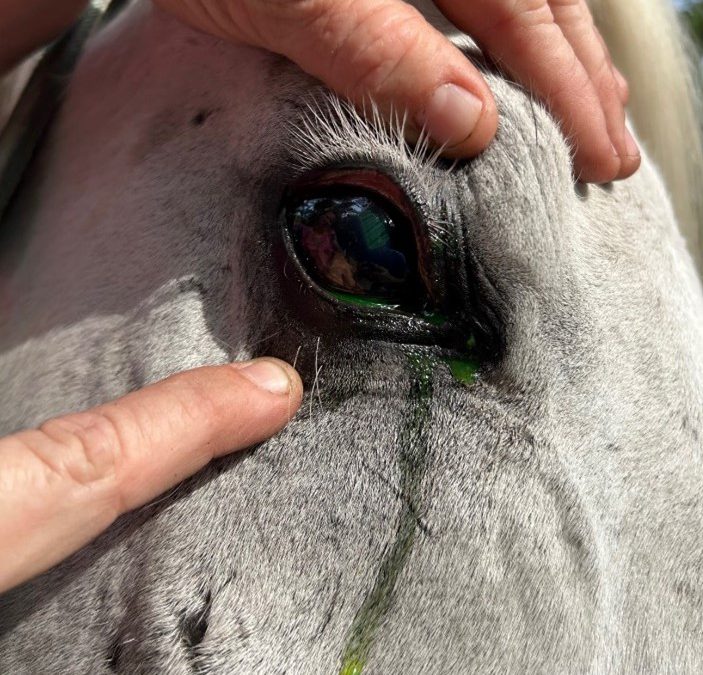
by wickens carissa | May 5, 2023
The cornea of the eye is the outside cellular layer of the eyeball, which functions as a protective barrier, and helps focus light on the retina located at the back of the horse’s eye. A corneal ulcer is defined as a lesion in which the outer layer (epithelium) and...
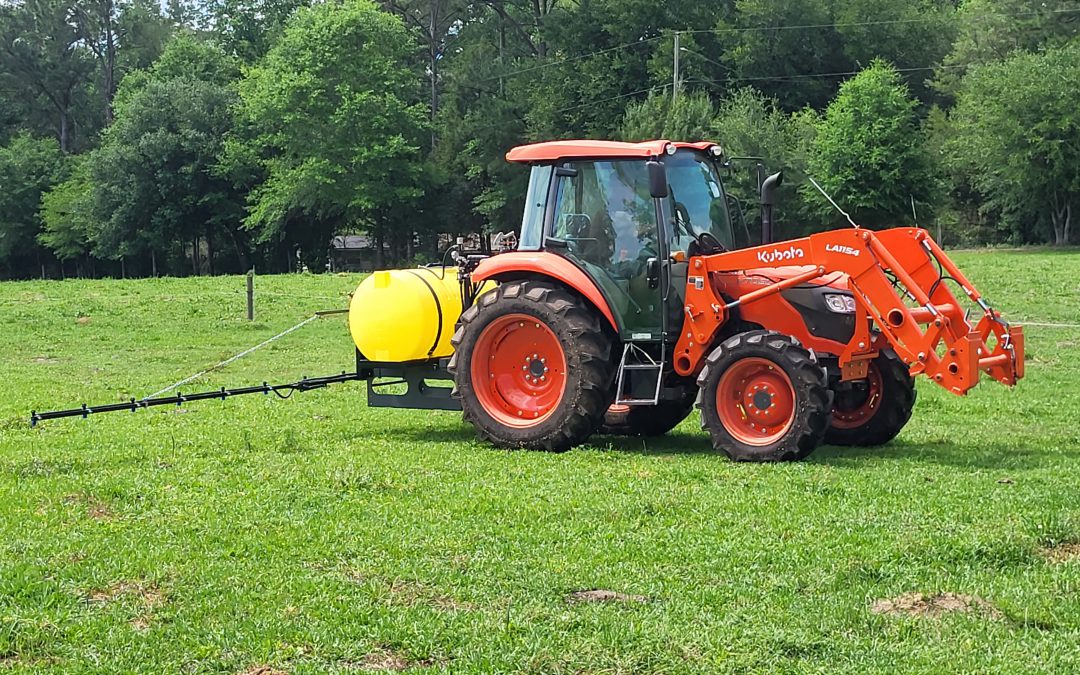
by Mark Mauldin | Apr 28, 2023
I get the pleasure of working with good people from all aspects of the agricultural industry. Each group has their own inherent set of characteristics. Unfortunately, when it comes to applying pesticides (herbicides for today’s purposes) attention to detail is...
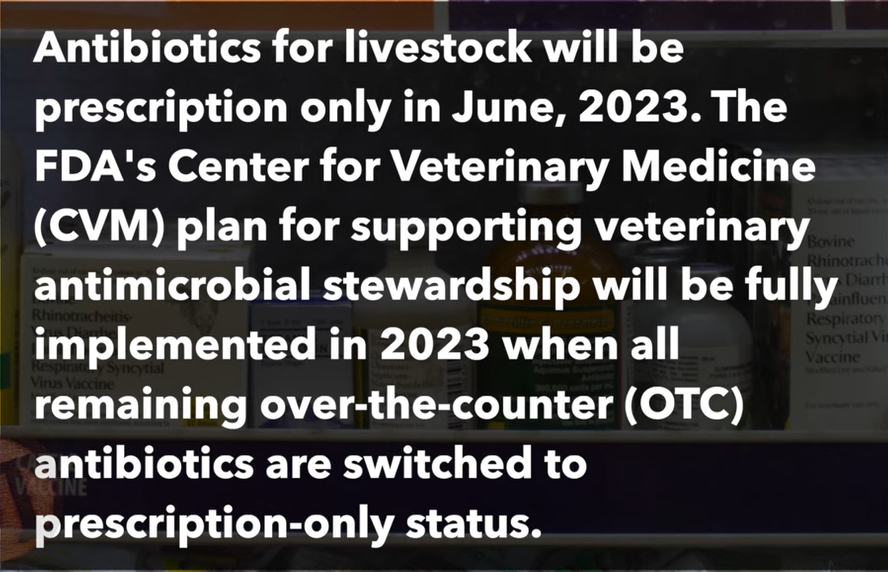
by Doug Mayo | Apr 28, 2023
This week’s video was published by Dr. Dan Thompson, Bovine DVM & Iowa State Professor’s TV show called DocTalk, that airs on RFD-TV. In this episode, Dr. Thompson makes livestock producers aware of upcoming rule changes for both implants and...







